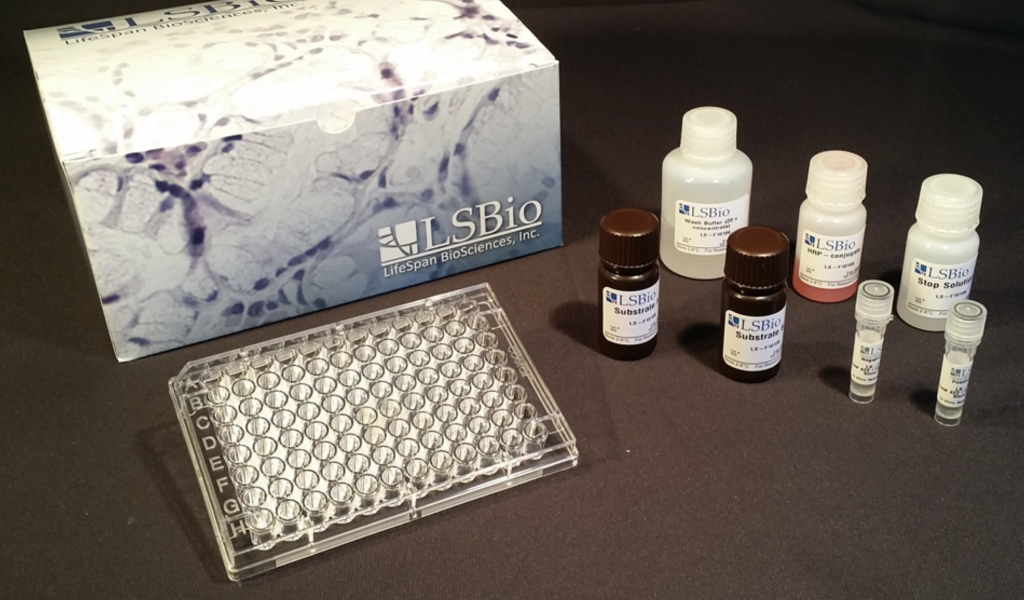ELISA is a powerful tool for detecting and quantifying proteins. However, it is important to follow some key tips for consistent, accurate measurements to obtain optimal results from your ELISA assay. Understanding the most important considerations when running an ELISA assay can ensure accurate and reproducible results.
Tip 1: Select the Proper ELISA Kit For Your Needs
The first step in obtaining optimal ELISA results is to select the proper ELISA kit. Kits from different manufacturers can vary in sensitivity and specificity, so it is important to select a kit that will meet your specific needs. When selecting a kit, be sure to consider the following:
- Target protein size: Kits designed to detect smaller proteins may not be as sensitive for larger proteins. This can dramatically affect your assay results if you are measuring a large protein.
- Sample compatibility: Some kits are designed for use with certain sample types, such as serum or plasma. Be sure to check that the kit is compatible with your sample type.
- Buffer requirements: Some kits require a specific buffer for optimal performance, while others are more flexible. If you are using a kit that has specific buffer requirements, be sure to follow them closely.
- Detection range: The detection range of a kit is the protein concentration range over which the kit can accurately measure proteins. Be sure to select a kit that has a detection range that will cover the concentration range of your target protein
These are some of the most important factors to consider when selecting a kit. By choosing the correct kit, you can minimize assay variability and ensure accurate results.
Tip 2: Use ELISA Kits From the Same Lot
When using ELISA kits, it is essential to use kits from the same lot. Lot-to-lot variability can cause assay results to vary, so it is important to use kits from the same lot whenever possible. This will minimize variability and ensure that your assay results are consistent. If you stray from the recommended lot, you run the risk of obtaining inaccurate results that will not be representative of your assay and delay your research.
Tip 3: Prioritize Using Pre-Coated Plates
When using ELISA kits, it is vital to prioritize the use of pre-coated plates. Pre-coating plates with the capture antibody significantly reduces the time required for the assay and minimizes variability. Using pre-coated plates can reduce assay variability between wells and replicate results more accurately.
Tip 4: Consider Using an Instant ELISA Kit
If you are looking for a fast and easy assay to use, consider using an instant ELISA kit. These kits are designed for rapid and easy measurements and usually require less optimization than standard ELISA kits. They are also very convenient, as they do not require any specialized equipment or training. These kits can reduce the number of variables that commonly skew data, produce inaccurate results, and waste time.
Tip 5: Thoroughly Read Kit Protocols and Sample Preparation Instructions
It is important to read the kit protocols and sample preparation instructions thoroughly when using ELISA kits. This will help you to understand the assay conditions and how to prepare your samples properly. By following the instructions carefully, you can minimize assay variability and obtain accurate results. Those who are new to ELISA should take the time to learn about the assay procedures and how to execute them properly. This will help you to avoid common errors that can lead to inaccurate results.
Tip 6: Store Kit Components Under Recommended Conditions
It is important to store kit components under the recommended conditions when they are not in use. This will help maintain the kit components’ quality and ensure that they are ready to use when you need them. When these conditions are not met, the quality of the kit components may be compromised. This can lead to inaccurate results or a significant delay in your assay as you wait for new kit components to arrive.
Tip 7: Ensure Proper Preparation and Handling of Samples
To obtain accurate ELISA results, it is crucial to ensure proper preparation and handling of samples. These include proper lysis of cells, dilution of samples, and coating of plates. If you do not perform these steps correctly, it can lead to results that will not accurately represent your assay.
These seven tips are a few of the most important things to consider when using ELISA kits. By following these ELISA development tips, you can minimize assay variability and ensure accurate, consistent results that will accelerate and benefit your research.
Sources:
https://www.thermofisher.com/us/en/home/life-science/protein-biology/protein-biology-learning-center/protein-biology-resource-library/pierce-protein-methods/overview-elisa/elisa-data-analysis.html
https://www.sciencedirect.com/science/article/abs/pii/002217599090036U
https://books.google.com/books?hl=en&lr=&id=8mZCEAAAQBAJ&oi=fnd&pg=PA9&dq
https://www.ncbi.nlm.nih.gov/pmc/articles/PMC6223607/

